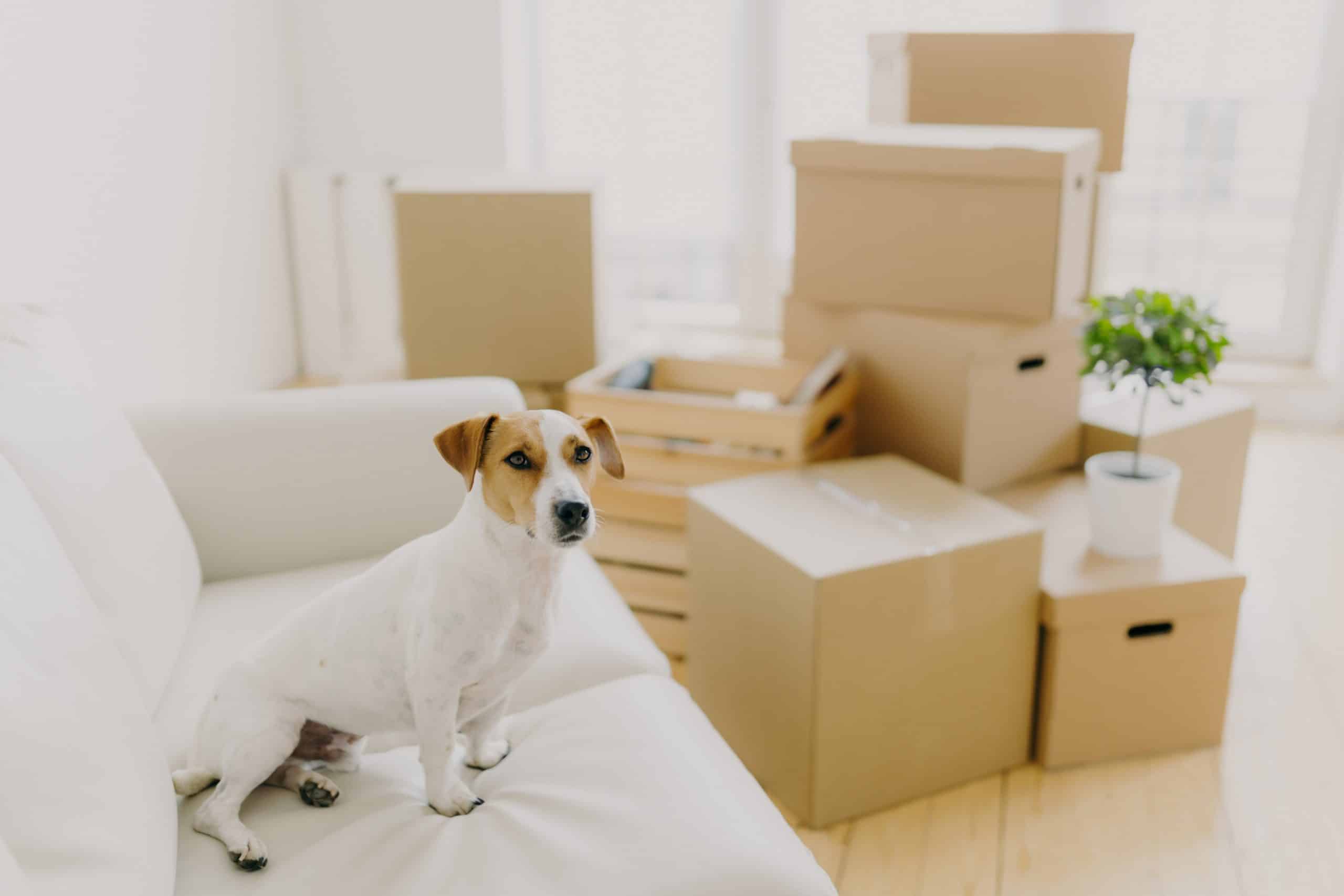As dog owners, it can be heartbreaking to see your beloved pet coping with the crippling fear of a thunderstorm. The noise, the flashing lights, and the change in atmospheric pressure can induce intense anxiety in your dogs. This phenomenon, known as storm phobia, is a common issue experienced by many dogs. But how can you help your pet cope with this? What measures can you take to ensure they feel safe and calm during these trying times? This article aims to guide you through effective strategies to alleviate your dog’s storm fear.
Recognizing Storm Phobia in Dogs
Before we delve into the ways to manage storm phobia, it’s crucial to recognize when your dog is struggling with this anxiety. One of the primary symptoms is an exaggerated fear response to the sound of thunder or other loud noises associated with storms. Your dog might show signs of restlessness, panting, shaking, hiding, or in extreme cases, attempting to escape. These symptoms can sometimes be mistaken for disobedience or bad behavior, which can further exacerbate the anxiety.
Avez-vous vu cela : How to Create an Optimal Recovery Environment for a Dog After Orthopedic Surgery?
Understanding that your pet is not acting out, but is genuinely afraid, will help you address their fear with patience and empathy. It’s not that they’re just being difficult; they are reacting to a situation that they perceive as threatening.
Training Techniques to Counter Storm Phobia
Training your dog to cope with their fear of storms can go a long way in helping them feel safe. Among the most effective training methods is desensitization. This involves gradually exposing your dog to the noises associated with storms in a controlled, non-threatening environment. Start with soft sounds and slowly increase the volume over time. Ensure you comfort your dog throughout the process, reassuring them that there is no threat.
A voir aussi : How to Choose the Perfect Sized Tank for a Beginner’s Planted Freshwater Aquarium?
Another beneficial technique is counter-conditioning, which aims to change your dog’s response to the feared situation. For instance, you can create positive associations with the storm by rewarding your dog with treats or their favorite toy whenever a storm occurs. Over time, this can help change your pet’s perception of storms from something to fear to a situation that brings rewards.
Using Tools and Products to Create a Safe Space
Creating a safe space for your dog during a storm can significantly reduce their anxiety. This could be a specific room or a cozy spot with familiar smells and their favorite toys. Some dogs find comfort in enclosed spaces, which mimic a den-like environment that feels secure.
There are also several products available in the market designed to help dogs cope with anxiety during storms. Anxiety wraps or thundershirts apply gentle, constant pressure on your dog’s body, which can have a soothing effect. White noise machines can help mask the sound of thunder and provide a calming ambiance for your pet.
The Role of Medication in Managing Storm Phobia
In some cases, medication may be necessary to help your dog manage their fear of storms. This is typically recommended for dogs with severe anxiety or those who do not respond well to training or other coping mechanisms. It’s important to consult with a veterinarian who can prescribe the appropriate medication based on your dog’s health and needs.
It’s equally important to remember that medication is not a cure-all solution. It should be used in conjunction with behavior modification techniques and other management strategies.
Consultation with a Professional Behaviorist
If your dog’s storm phobia is severe and other methods seem ineffective, it may be time to consult with a professional dog behaviorist. These experts are equipped with the knowledge and techniques to understand your dog’s fear and devise a tailored approach to help them cope.
A professional behaviorist will take into account your dog’s specific triggers and behaviors to create a comprehensive treatment plan. This often involves a combination of training techniques, creating a safe space, possible use of calming products, and in some cases, medication.
Remember, the goal isn’t to completely eliminate your dog’s fear of storms, but rather to help them manage their anxiety in a healthier way. Dealing with storm phobia can be a daunting task, but with patience, understanding, and the right approach, you can significantly improve your dog’s comfort and quality of life during these turbulent times. By understanding their fear, you can play a vital role in helping your beloved pet navigate their phobia while fostering a deep bond of trust and comfort.
The Impact of Atmospheric Conditions on Dogs and the Storm Season
Static electricity and barometric pressure are often overlooked aspects of a storm that can significantly contribute to a dog’s anxiety. Dogs have an acute sense of hearing and smell, and they can pick up on changes in the atmosphere long before their human counterparts.
When a storm is approaching, the static electricity in the air can cause discomfort to your dog. Especially if their fur creates a build-up of static charge. Dogs also sense the drop in barometric pressure during a storm. This sudden change can disorient them, making them feel uneasy and anxious.
During the storm season, your dog might display increased signs of storm phobia. This is because the storm occurrences are more frequent, and the dog is exposed to the stressors more often. During these times, it’s crucial to be patient and understanding with your dog. Give them extra comfort and reassurance that they are safe.
Understanding the Importance of Background Noise
Background noise can be an effective tool in masking the loud noises generated by a storm. The use of white noise machines, calming music, or even the hum of a fan or air conditioner can provide a consistent, soothing noise that helps distract your pet from the storm.
Research shows that dogs respond positively to classical music, with it helping to reduce their stress levels. You could consider creating a playlist of calming music to play during a storm. However, it’s key to ensure that the volume is set at a level that will mask the storm sounds, but not be so loud as to cause additional distress to your dog.
Implementing the use of background noise as a calming strategy can be a great help in managing your dog’s storm phobia. It’s a non-intrusive, passive way to create a more tranquil environment for your pet during the storm season.
In Conclusion: Combating Storm Phobia in Dogs
Helping your dog manage their storm phobia can be a challenging task. However, understanding their anxiety and implementing effective strategies can significantly improve their comfort levels. Remember, the aim is not to eliminate their fear entirely but to find ways to help them cope more effectively.
Training techniques such as desensitization and counter-conditioning can change your pet’s perception of storms. Tools like anxiety wraps, white noise machines, and creating a safe space can provide comfort. Sometimes, medication or professional help of a behaviorist may be required, particularly in severe cases.
Above all, the most important thing is to be patient and understanding. Your dog is not being defiant or difficult. They are simply afraid of the loud noises, static electricity, and changes in barometric pressure that storms bring. Your reassurance and comfort can go a long way in helping your pet navigate storm phobia.
Storm phobia in dogs is a genuine fear, and as the pet owner, you are their primary source of comfort. Show empathy, provide a safe place, and take steps to help your dog weather the storm. As you navigate through storm season, remember it’s the love, care, and understanding you provide that truly makes a difference in managing your dog’s storm phobia.





